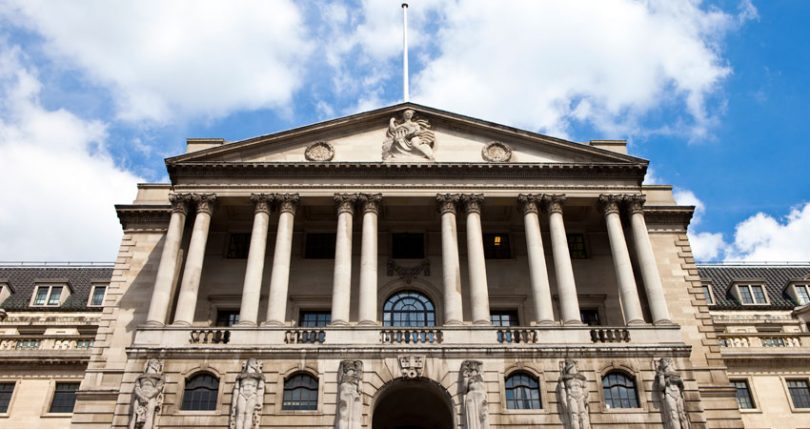The Bank of England announced in March that it planned to run a Proof of Concept (PoC) with Baton Systems, Clearmatics, R3, and Token. The purpose of the PoC was to understand how the Bank’s renewed Real-Time Gross Settlement (RTGS) can support Distributed Ledger Technology (DLT). The RTGS will not use DLT at its core, so this PoC was an integration test.
The result of the PoC was that the four participating companies confirmed that the renewed RTGS would work for them. The RTGS will enable their systems to connect and achieve settlement to central bank money.
What’s the point?
In the near future, many transactions will be tokenized. That’s not necessarily referring to cryptocurrencies, more like tokens that represent fiat currencies like Pounds Sterling or dollars.
If payments or securities trading are settled in tokens, which represent real money, then the Central Bank has a role. The vast majority of RTGS volume is made up of same day payments and securities settlement. Tokens will just be a different, more convenient way of doing the same thing.
That said, not all the systems tested here use tokens. Baton emphasizes that it uses existing payment rails.
What is an RTGS?
The RTGS fulfills two major roles. Firstly banks deposit money with the Central bank overnight, for balance sheet management purposes.
Secondly, during the day banks use their balances for payments and receipts to and from other banks.
In the UK the RTGS has an average daily settlement of £652 billion a day, equivalent to the UK’s GDP every three days.
Most of the volume is made up of CHAPS (£338bn) and CREST (£307bn). CHAPS is the same-day electronic transfer system and CREST is the securities settlement system.
In May last year, the Bank set out a Blueprint for renewing its RTGS service. The Bank intends the system to support a flexible range of settlement models so that it supports both existing and emerging payment infrastructures.
Detailed results
Only Baton and Clearmatics connected to the test RTGS system via an API. R3 and Token provided an analysis. Baton provided a regulatory node to provide a real-time view of market risks.
One of the biggest requests was the ability to have a single account for an entire system, rather than separate accounts for each of the system members. Because transfers of funds would happen within the system, the firm wanted to only clear the net amount on the Central bank RTGS. The Bank said it would ‘consider’ different account structures. That appears to be an open-minded response to quite a significant request.
Two participants used an intermediary interface to settle over the RTGS. For example, this was used to translate messages between the system and provide proof of transfer. The problem with this approach is it provides a centralized point of trust and failure on an otherwise decentralized network. Hence the Bank said it would explore whether it could supply cryptographic proofs which might solve the problem.
Finally, the Bank concluded that the results highlighted the need for ongoing engagement with Fintech firms.






